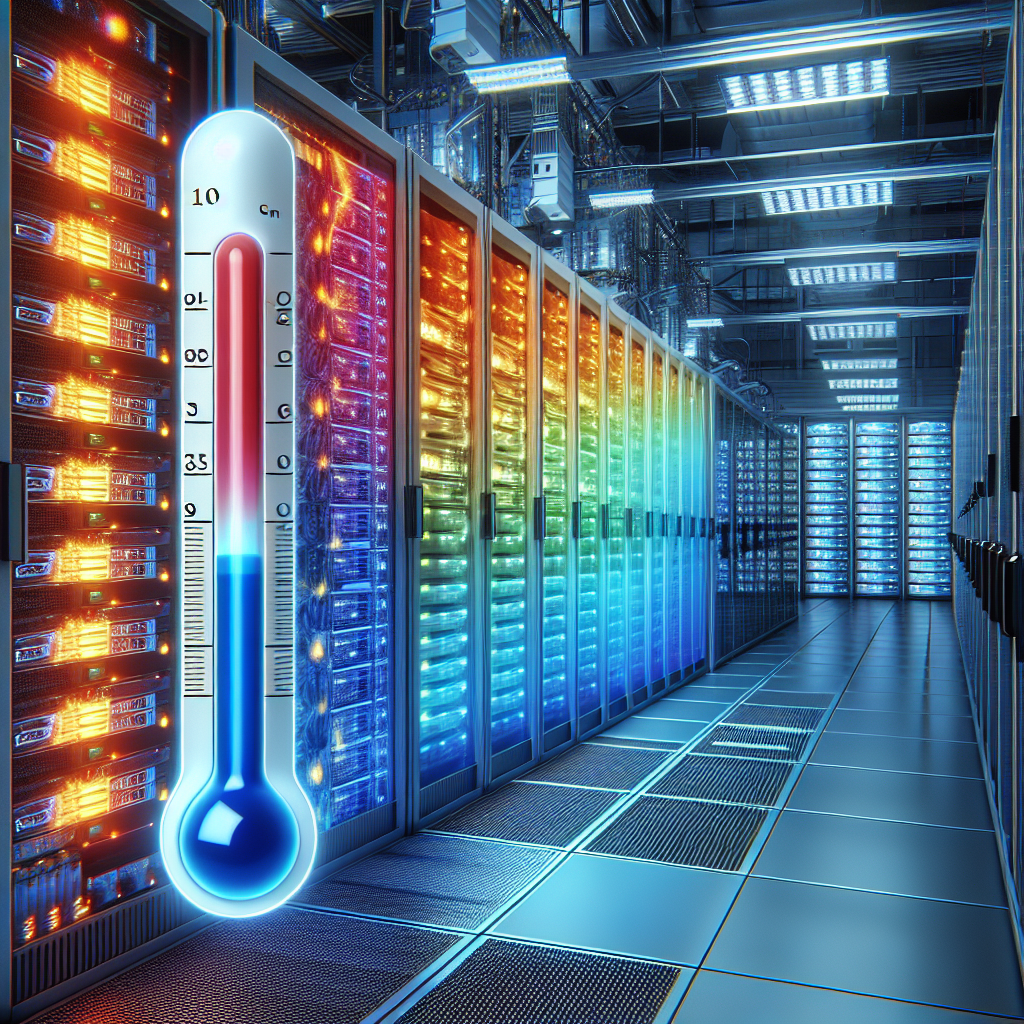Data centers are the backbone of the digital world, housing the servers and infrastructure that power our everyday lives. These facilities are responsible for storing and processing massive amounts of data, making them crucial to the operation of businesses, governments, and individuals alike. However, one of the most critical factors in the efficient operation of a data center is temperature control.
Temperature control is essential in data centers because the sensitive electronic equipment housed within them is highly susceptible to heat. Excessive heat can cause equipment to malfunction or even fail entirely, leading to costly downtime and potential data loss. On the other hand, keeping the temperature too low can result in wasted energy and increased operating costs.
To ensure optimal performance, data center operators must carefully monitor and regulate the temperature within their facilities. This is typically done using a combination of cooling systems, ventilation, and monitoring tools. By maintaining a consistent temperature throughout the data center, operators can prevent overheating and ensure that equipment operates at peak efficiency.
There are several key factors to consider when it comes to temperature control in data centers. One of the most important is airflow management. Proper airflow is essential for dissipating heat and ensuring that cool air reaches all areas of the facility. This can be achieved through the strategic placement of cooling units, as well as the use of containment systems to channel hot air away from equipment.
Another important consideration is humidity control. High humidity levels can cause condensation to form on equipment, leading to corrosion and other damage. On the other hand, low humidity can create static electricity, which can harm sensitive components. Data center operators must strike a balance between these two extremes to ensure that humidity levels remain within a safe range.
In addition to maintaining the proper temperature and humidity levels, data center operators must also consider the environmental impact of their cooling systems. Traditional cooling methods, such as air conditioning, can be highly energy-intensive and contribute to greenhouse gas emissions. As a result, many data centers are turning to more sustainable alternatives, such as free cooling or liquid immersion cooling, to reduce their carbon footprint.
Overall, temperature control is a critical aspect of data center operations that can have a significant impact on performance, energy efficiency, and environmental sustainability. By implementing best practices for temperature management, data center operators can ensure that their facilities remain operational and efficient, even as demands for data storage and processing continue to grow.


Leave a Reply